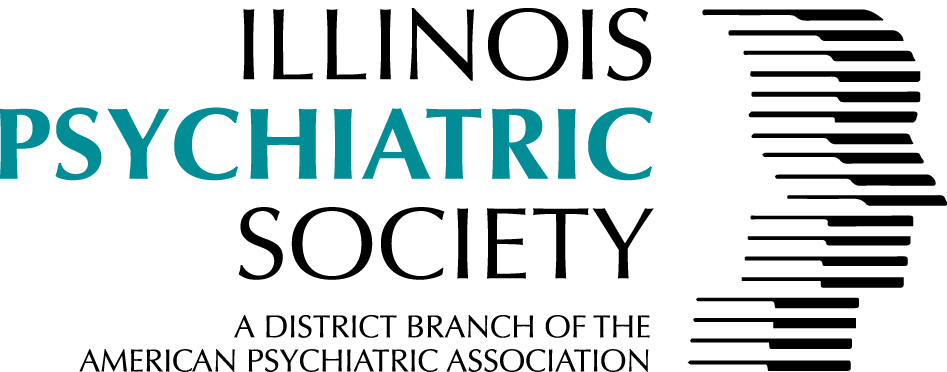Summer 2020 | Issue 44
Trauma-Informed Care – A Necessary Transformation
By: Peter Nierman, MD
For over a century, the field of psychiatry has recognized that past experiences provide a frame for events in the present and anxieties about the future. While psychiatrists may have once perceived that imagined internal drives acted in an interplay with our nuclear family objects, today, the fields of psychiatry and psychology recognize that many mental health and behavioral pathologies are associated with actual experienced trauma. Data reveals that over half of our population have endured trauma such as physical and emotional abuse, neglect, domestic violence, sexual assault, mass shootings, combat, physical illness, or environmental disasters.
There is a strong relationship between trauma and neuropsychiatric changes. Post-traumatic stress disorder was first characterized in 1941 by Abram Kardiner. He described individuals who suffer from enduring vigilance and hyperreactivity to environmental stimuli. Cognitive impacts of trauma include difficulty concentrating, distrust, guilt, diminished expectations, depression, dissociation, and psychotic episodes. Physiologic changes include hyperarousal and vigilance, increased startle-reflex, and fight or flight responses to non-threatening stimuli. Behaviors that have been linked to trauma include anxiousness, social isolation, avoidance, sleep difficulties, substance use, suicide, and aggression. Trauma affects people of all ages and invariably effects family, schools, and communities. Individuals with histories of trauma often present to psychiatrists because they feel suicidal, homicidal, or unable to maintain lasting relationships. They may be experiencing poor impulse control, rage attacks, and assaultive or self-injurious behavior. Diagnostically, co-morbidity is very common between PTSD and mood disorders, learning disabilities, and somatization, personality, impulse-control and reactive attachment disorders.
Many individuals whose lives have been impacted by trauma must still function in society’s institutions. Schools, hospitals, nursing homes, residential treatment centers, and prisons are examples of institutions that have had to adapt to a large cohort of individuals who manifest troubling behaviors associated with a trauma history. For years it was conventional to address these behaviors through punitive measures such as time-outs, mechanical and chemical restraint, or solitary confinement. Unfortunately, these procedures often resulted in re-traumatization and exacerbation of symptoms. They also had measurable and significant mortality rates. A 1998 Joint Commission Sentinel Event Alert cited 20 deaths occurring as a result of physical restraint in the previous year.
State and federal regulators along with clinicians and industry leaders have begun a transformation; in response to the ineffectual and dangerous outcomes associated with physical restraint and seclusion, they are working to adopt trauma-informed care. Trauma-informed care seeks to realize the widespread impact of trauma and understand paths for recovery; recognize the signs and symptoms of trauma in patients, families, and staff; integrate knowledge about trauma into policies, procedures, and practices; and actively avoid re-traumatization (Trauma-Informed care Implementation Resource Center: www.traumainformedcare.chcs.org).
In November 2019, investigative reporting by the Chicago Tribune and ProPublica on the use of seclusion rooms in schools led to an Executive Order issued by Governor Pritzker to halt the practice of seclusion and physical restraint in Illinois’ schools. The Governor was forced to delay enforcement of his order because the schools were not prepared to implement trauma-informed care. It was recognized that the adoption of new principles and procedures would require significant training and retooling to come into compliance. To be successful, staff will need to learn how to address disruptive behavior as a manifestation of trauma; achieving safety requires an empathic response. In order to provide trauma informed care, organizations must be safe, trustworthy, and transparent. Staff must learn to recognize trauma, work collaboratively, empower autonomy, and understand racism. Psychiatrists should be prepared to embrace and promulgate trauma-informed care through consultation, advocacy, and practice. To be helpful, psychiatrists should familiarize themselves with the benefits and challenges associated with the transition from high-risk coercive measures to trauma-informed care. For more information, begin with the Substance Abuse and Mental Health Services Administration - SAMHSA’s concept and Guidance for a Trauma-Informed Approach, October 2014: https://ncsacw.samhsa.gov/userfiles/files/SAMHSA_Trauma.pdf.

